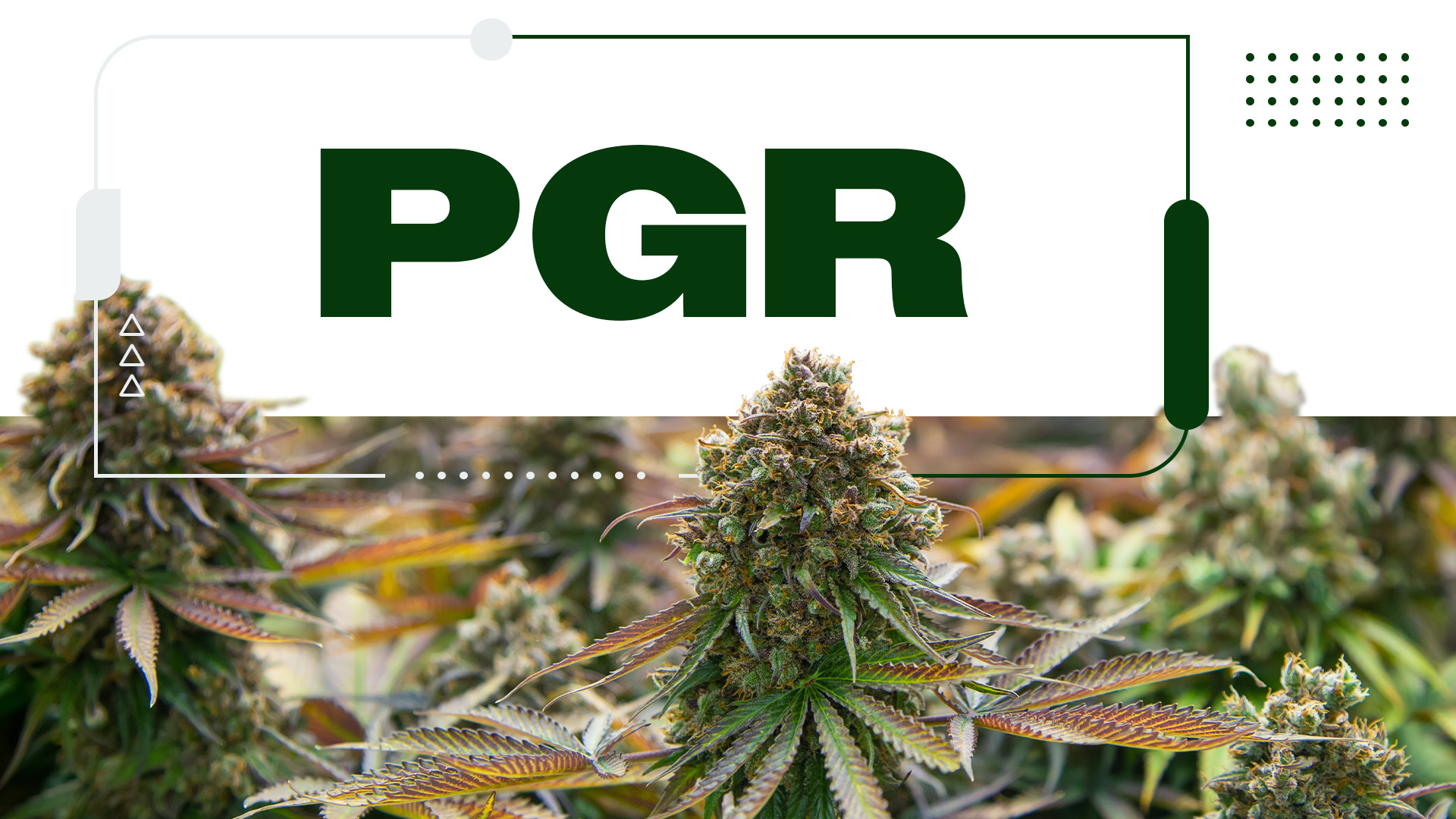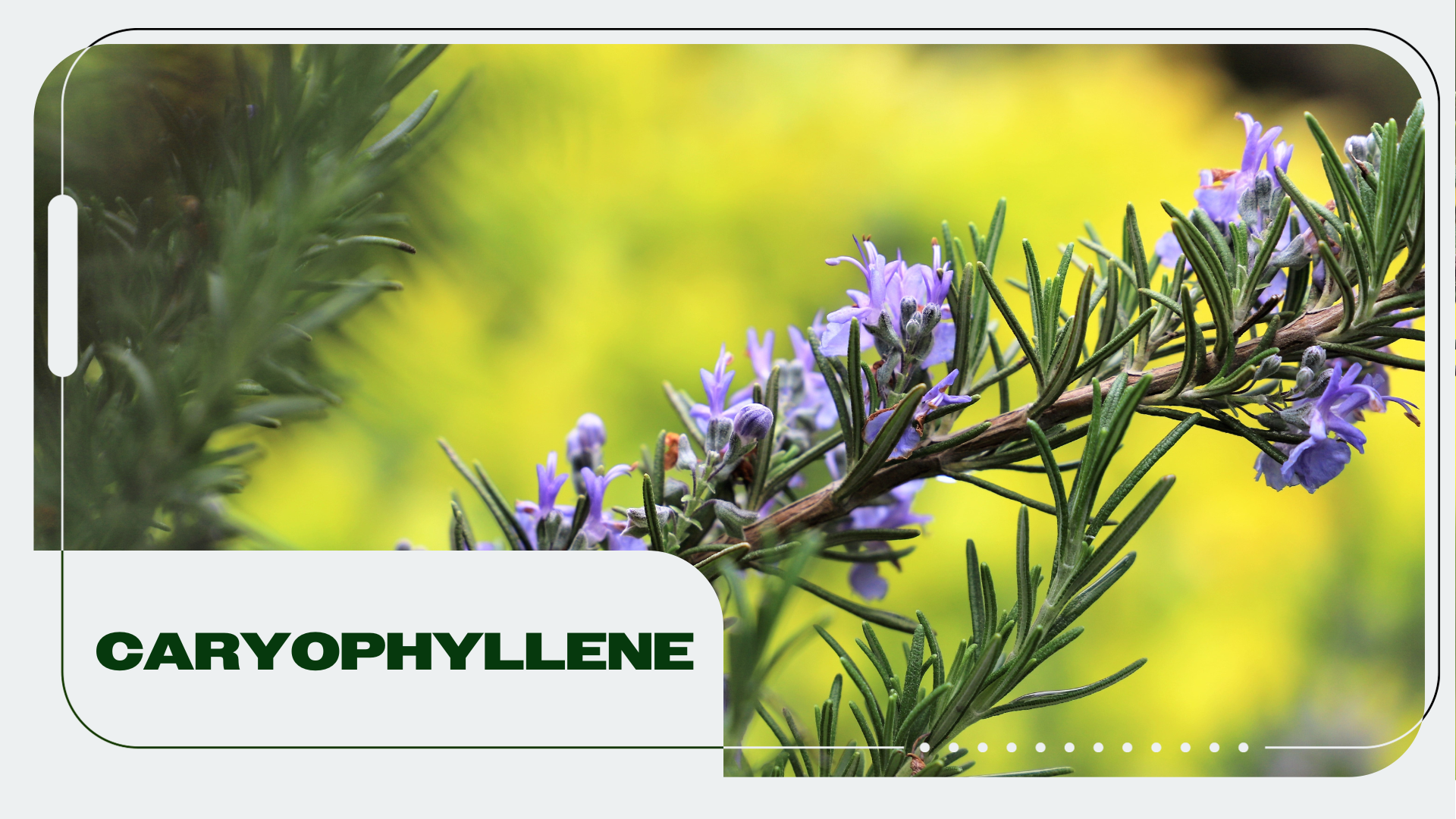Up until recently, lack of cannabis education meant that people were blissfully unaware of the fact that the plant is not limited to just one strain and, therefore, does not produce just one type of effect. Fortunately, agricultural experimentation has led to the market exploding in terms of strains that can satisfy everyone, from beginners to cannabis connoisseurs.
- Approaching Cannabis Strains for the First Time
- Tips for Beginners Consuming Cannabis
- 5 Great Strains for Beginners
- Exploring Methods of Consumption for First-Timers
- Conclusion
As the global cannabis market—projected to be worth USD $97.35 billion by the end of 2026—continues to evolve at breakneck speed, more strain varieties are being developed by growers to enhance certain plant characteristics, such as the aroma, flavor, potency, effects, terpenes, and cannabinoid content.
While the idea of choosing between more than 700 strain names is appealing, first-time marijuana users are often left wondering what the best strains are for newbies and where to start. Not to worry because we’ve got you covered. Let’s dive straight in and discover how to approach cannabis as a beginner.
Approaching Cannabis Strains for the First Time
Each variety of the plant genus Cannabis is known as a “strain.” To produce new marijuana strains that contain varying levels of THC and CBD, the two main compounds in cannabis, breeders need both male and female cannabis plants. Learn more about the difference between cannabis strains here.
For those who have never tried cannabis before, as well as those who may have previously felt skeptical due to myths surrounding the plant’s properties, it may be surprising to learn that several strains are available. That means as long as you select the right strain for you, it is possible to indulge in a unique experience.
Historically, cannabis strains are divided into three main categories: sativa, indica, and hybrid. Note that a blend of indica and sativa is considered a hybrid strain. Separately, indicas and sativas are very different. Indica strains are known for a body high while sativa strains are known for a head high. However, when combined, they can produce a balanced and pleasant effect.
New research shows us that terpene profiles are most important for distinguishing cannabis plants and are responsible for the diversity and differences between strains. So there may not actually be as many different strains as previously thought.
Tips for Beginners Consuming Cannabis
Don’t feel perplexed by the disparities between each strain. With a little bit of knowledge, you can avoid unwanted side effects and make the most of your chosen strain.
How to Understand THC Content
THC is the cannabinoid responsible for the “high”; it’s important to note that THC-rich strains with 20% or more of the intoxicating cannabinoid are deemed to be “very strong,” with the highest THC level currently available resting at around 33%.
If you are seeking a cannabis strain with tranquil and relaxing effects, THC could be your best friend. However, it’s essential to consider the potential side effects of high THC, which may cause temporary coordination impairment, dry mouth, red eyes, reduced reactions, loss of memory, increased anxiety, and slower reaction times. These are usually dose-dependent and self-limited.
Seasoned cannabis consumers may be able to handle large doses of THC. However, this is not advisable for beginners. Currently, 18 states and Washington, D.C., have legalized THC-rich cannabis for recreational purposes. Some of the most recently legal states include Connecticut, New Mexico, and Virginia.
Look for Low THC, High CBD Content
When determining which cannabis strain is right for you, consider the chemotype. “Chemotype” is the word used to differentiate between cannabis varieties according to their chemical constituents. In simple terms, chemotype identifies a strain’s ratio of THC to CBD or CBG.
Briefly, the five basic chemotypes are:
- Type I – THC dominant
- Type II – 1:1 THC:CBD
- Type III – CBD dominant
- Type IV – CBG dominant
- Type V – Industrial or fibrous hemp, no appreciable cannabinoids
Understand that this ratio will have a significant influence on user experience. After all, THC is a psychoactive compound and CBD is non-psychotropic. When trying marijuana for the first time, choosing a strain that is low in THC and high in CBD is recommended for those with low THC tolerance. That would be a type III (CBD-dominant) chemotype. A balanced type II chemotype could also be recommended for beginners since the CBD will counter some of THC’s psychoactive effects.
CBD Can Counteract Intense Effects From THC
Research has explored the potential for CBD to enhance the signaling of the neurotransmitter anandamide, A.K.A. “The Bliss Molecule.” This chemical earned its name due to its ability to enhance memory, appetite, and physical comfort.
A 2015 systematic review in humans adds, “Results show the ability of CBD to counteract psychotic symptoms and cognitive impairment associated with cannabis use as well as with acute THC administration. In addition, CBD may lower the risk for developing psychosis that is related to cannabis use.” Researchers are also exploring how CBD may help with COVID-related illness and anxiety.
A study titled “Cannabidiol Counteracts the Psychotropic Side-Effects of Δ-9-Tetrahydrocannabinol in the Ventral Hippocampus through Bidirectional Control of ERK1–2 Phosphorylation,” showed that rats were more sensitive to fear-based learning when they were exposed to high levels of THC.
Conversely, rats that were exposed to a combination of both CBD and THC showed less anxiety and were less susceptible to fear-based learning. This study is significant because it’s the first time that a pathway showing how CBD counteracts THC is actually mapped out.
All of these findings suggest that CBD—a natural anxiolytic, anti-inflammatory, analgesic, and neuroprotective compound—can successfully counteract the psychoactive and mind-altering effects of THC. For this reason, some cannabis consumers choose strains with higher levels of this cannabinoid.
5 Great Strains for Beginners
Beginners are advised to choose a low THC, high CBD strain to avoid intense psychoactive effects. There are hundreds of different marijuana strains to choose from, and if you’re lucky, you’ll find a dispensary that stocks a generous amount of the following recommended strains for beginners:
Sweet and Sour Widow
This balanced strain (crossed with White Widow) has a CBD-to-THC ratio of 1:1, so you can get the best of both worlds without feeling too sedated. This makes it a type II chemotype. Expect to feel euphoric, creative, motivated, and relaxed after consuming this strain, making it a popular choice for those with depression, insomnia, and muscle fatigue.
Cannatonic
Beginners tend to favor this strain for its anxiolytic, soothing, and pain-relieving effects. Cannatonic has a CBD-to-THC ratio of 5:1 (type III chemotype), but some variations offer an equal mix of 1:1 (type II). Many cannabis users suffering from muscle spasms and migraines enjoy the uplifting effects of this strain.
Why You Should Get Your Medical Marijuana Card
Veriheal has satisfied millions of patients nationwide by giving them access to these benefits
- Larger purchase limits
- Peace of mind
- Enhanced legal protection
- Access to higher potency strains
- Save up to 25% on cannabis purchases
- Skip the line at the dispensary
Harle-Tsu
This sativa-dominant hybrid is a cross between Harlequin (another beginner’s favorite) and Sour Tsunami. Harle-Tsu usually contains 20–24% CBD and just 1% THC; the ratio rests at around 20:1. This CBD dominance makes it a type III chemotype. However, the cannabinoid content may vary depending on the season and the cultivator.
Charlotte’s Web
Charlotte’s Web, named after Charlotte Figi, is a famous strain bred by the Stanley Brothers of Colorado. This high-CBD, low-THC strain has a uniquely high CBD:THC ratio of 30:1 and is a popular choice to reduce inflammation, treat skin conditions, and enhance mental health. It has the highest CBD-dominant ratio of any type III chemotype out there.
ACDC
You don’t have to be a heavy metal fan to rave about this CBD-dominant strain, another type III. It averages around 14% CBD and 1% THC, with a ratio of 20:1. Very slightly intoxicating, ACDC is renowned for pain relief and its ability to ease symptoms of anxiety and epilepsy.
Exploring Methods of Consumption for First-Timers
Do you know that there are four main methods of cannabis consumption? They are inhalation, oral, sublingual, and topical. Administration choice has an effect on the bioavailability of cannabis compounds.
The best advice? Start low and go slow. Let’s break things down to better understand how things work for each method of consumption:
Inhalation
When cannabis is inhaled into the bloodstream—via joints, pipes, bongs, or vape devices—active cannabinoids like THC travel to the brain quickly. This process occurs within 30 seconds to a few minutes. The effects can last for 1-2 hours. For those who prefer not to smoke, dry-herb vaporizing presents the cleanest, least harsh, and most efficient method of inhalation. The following consumption methods are also alternative options to avoid airway irritation.
Oral
Orally consumed cannabis products like oils and edibles are processed by the digestive system instead of the lungs. Effects may not surface for 30-90 minutes, but the experience is likely to extend over 3-5 hours. Do take caution when consuming edibles as the effects can be very intense because of 11-hydroxy-THC.
Sublingual
Sublingual cannabis products like tinctures, sprays, or oils are squirted under the tongue for rapid absorption into the bloodstream within a few minutes. Ideally, they are held under the tongue for at least 1-2 minutes. These are much faster acting than edibles.
A decent portion of the sublingual can be absorbed within 15 minutes, and the rest is slowly digested over the next 6 hours. This is the second-fastest and second-best absorbed delivery method compared to inhaling. Sublingual tinctures therefore have the best medicinal use case while also bypassing the lungs.
In both edibles and tinctures, a large portion of the cannabinoids is lost to gastric juices, “first pass” digestion effects of the liver, and difficulties in fat absorption. Meaning that no more than 13–19% of the cannabinoid content is “bioavailable”, or actually makes it into the body for use. Taking sublinguals with food, such as with breakfast and dinner, can increase their absorption by up to three-fold.
Cannabinoid acids like CBDA, THCA, and CBGA are actually better dissolved and absorbed in water, so they may be better absorbed by the body.
Topical
For localized relief from pain, inflammation, redness, and/or soreness, try an infused oil, lotion, or balm. Topicals are applied directly to the skin, and this method of administration gets into action within 20 minutes.
Fortunately, topicals are locally and not appreciably systemically absorbed, meaning that the THC that you rub onto your skin shouldn’t get you high. This is advantageous for daytime use and to supplement the cannabinoids you ingest.
Everyone Responds Differently
Even though cannabis is acknowledged as the most commonly used illegal drug in the United States, with the number of monthly users resting at around 22.2 million, most people are not aware that the effects they experience will depend on a handful of factors. Your unique genetics, biochemistry, and gender influence your reaction to cannabis, which is why it’s advisable to experiment, journal your experiences, and progress slowly.
Cannabinoids aside, cannabis contains in excess of 100 terpenes. The most well-known include myrcene, limonene, pinene, linalool, caryophyllene, and humulene. In combination with certain cannabinoids, terpenes can influence the experience, so take your time to assess how each strain makes you feel.
Cannabis chef and educator Liv Vasquez (you might recognize her as the winner of Netflix’s Cooked with Cannabis) has the following advice when it comes to keeping a cannabis journal:
“I think that taking notes and journaling through the process while you find strains and cannabinoid profiles that work for you, is really important…Try new things and see what works and what doesn’t work. Going through your own trial and error is really important…[take] note of what farms you like, what dispensary you go to, the harvest date; things like that can be really important while you’re trying to narrow down what works for you.”
Conclusion
Before using medical cannabis, always consider the potential medical benefits as per the specific cannabinoid ratio or terpene profile, desired effects, flavor, and aroma. Lab testing is a must since this determines whether or not your chosen cannabis strain has been exposed to harmful levels of pesticides, fungicides, or other chemicals; high levels of contaminants may lead to health issues.
For more in-depth information on the nitty-gritty of cannabis strains, check out our articles on the difference between strains, cannabinoids, and terpenes.
This article was originally published on 7/21/21. Updated on 5/24/23.
Author, Share & Comments















